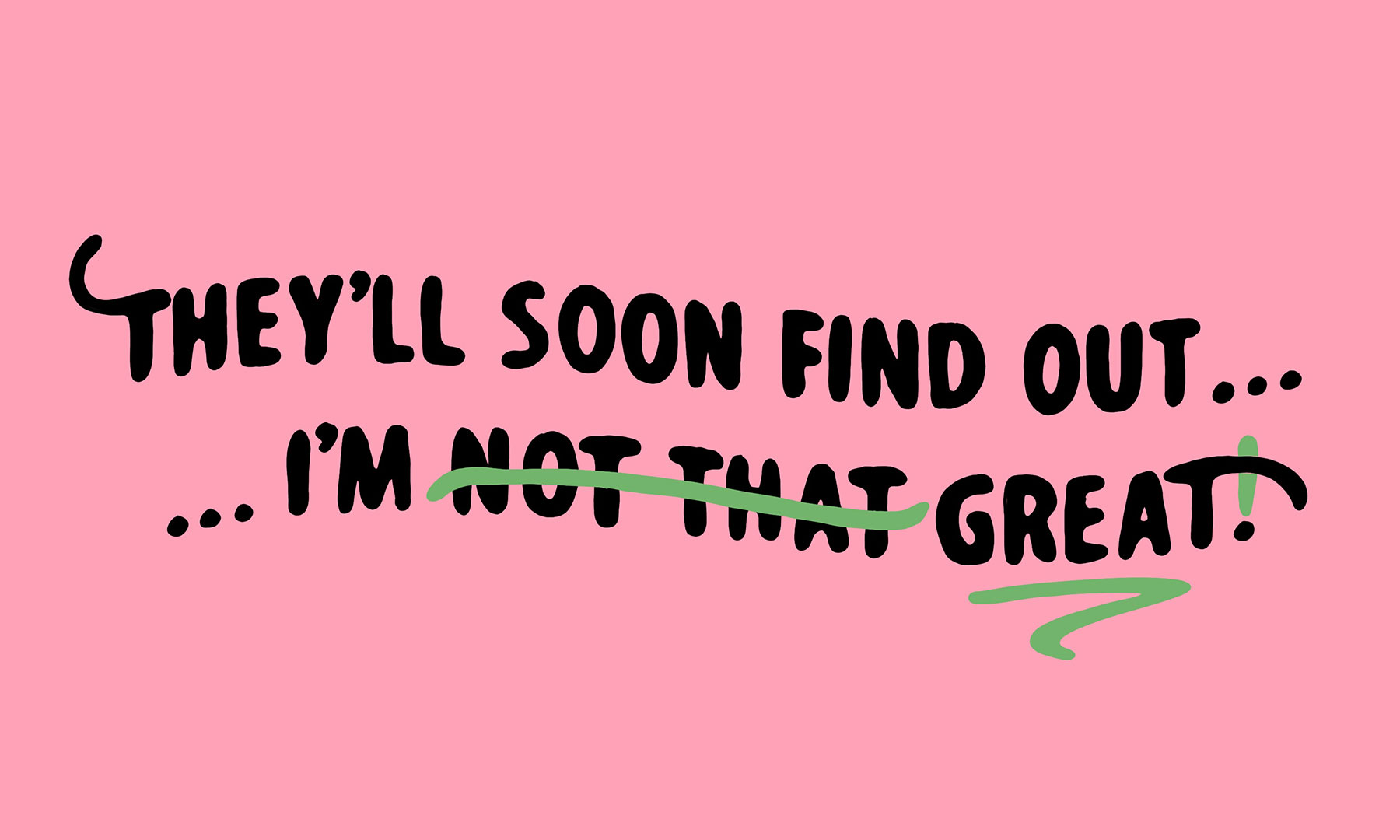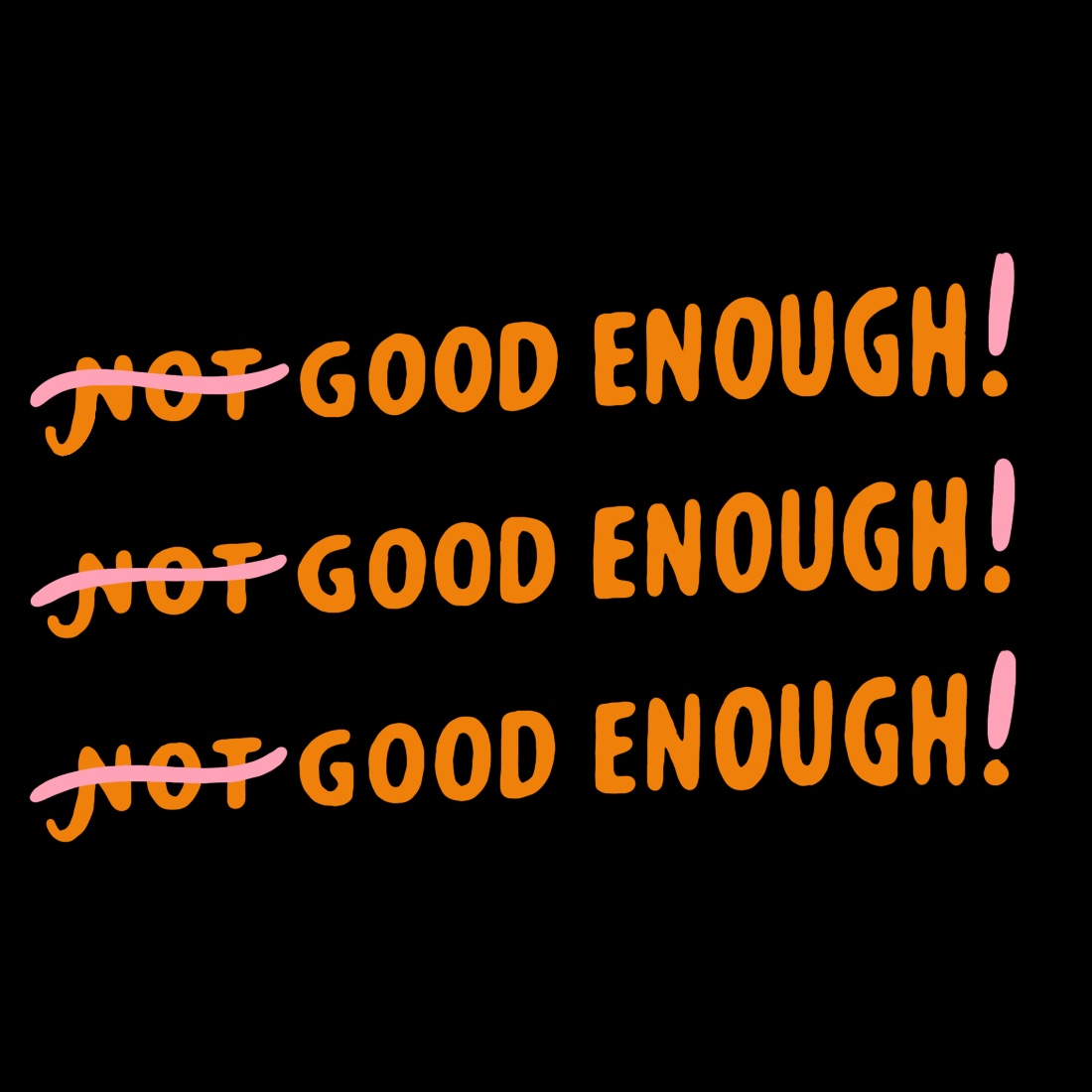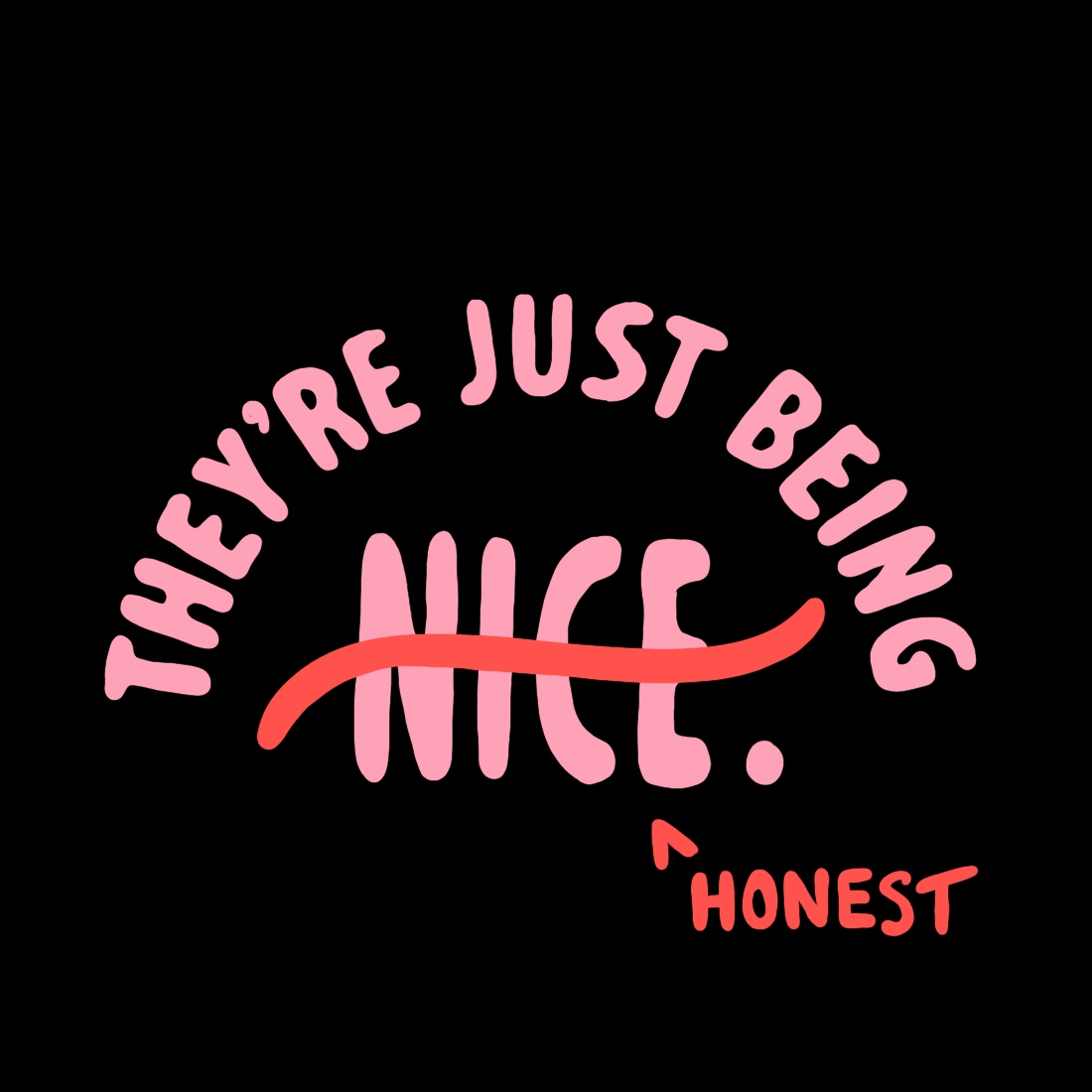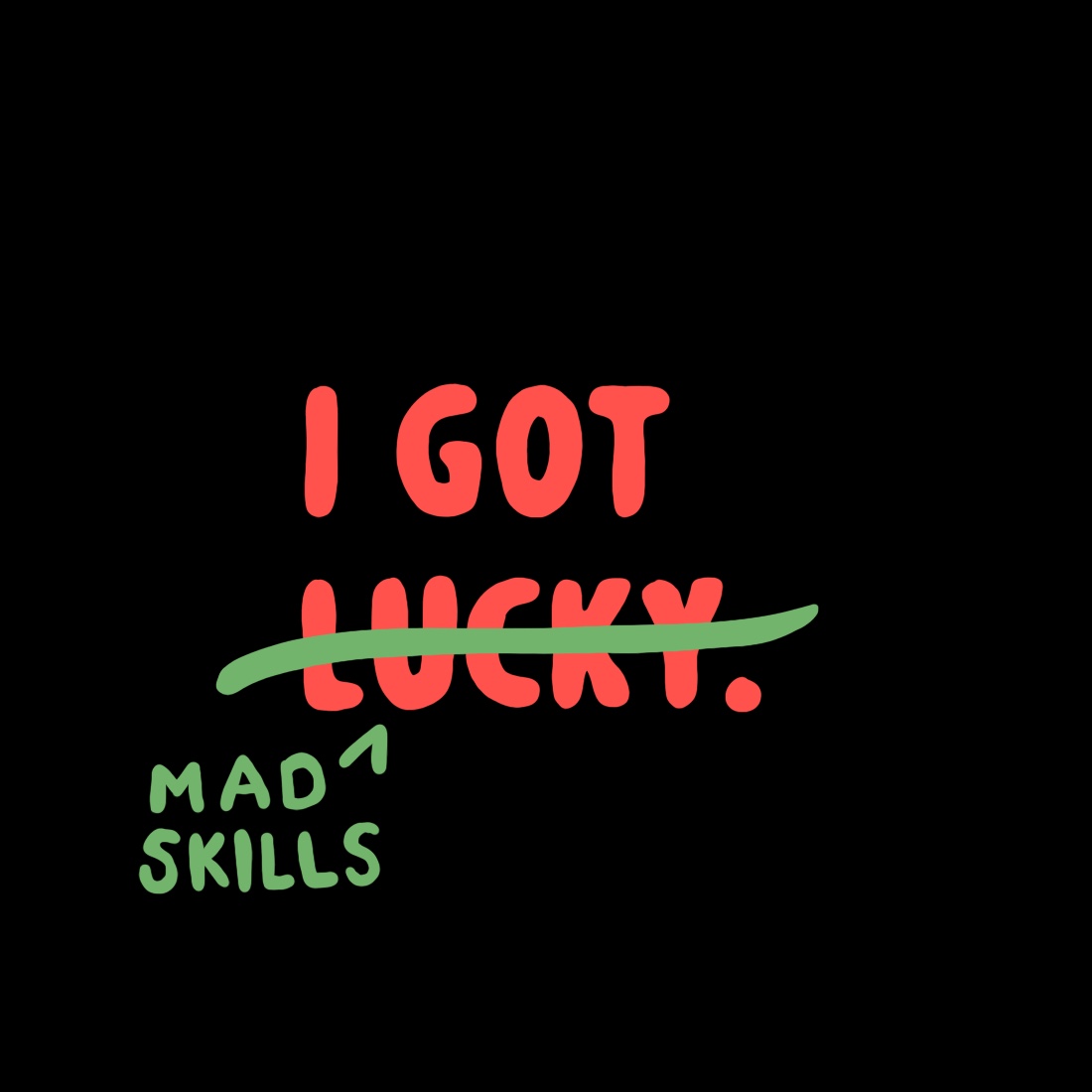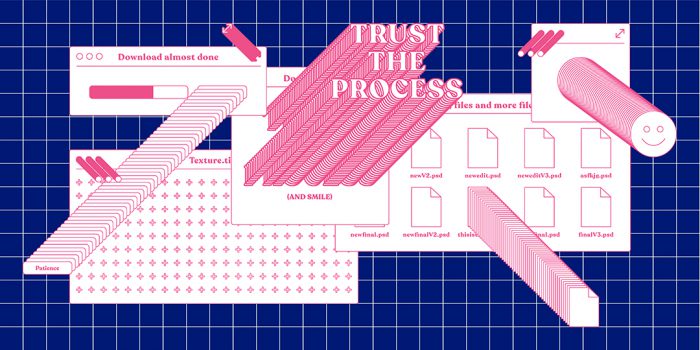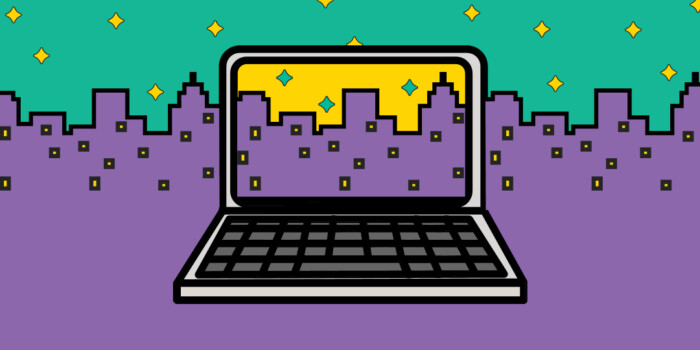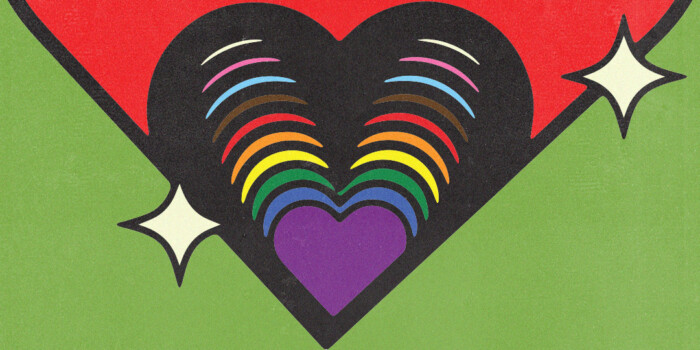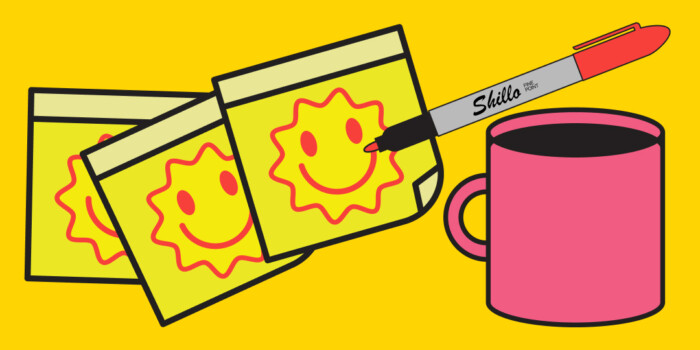How to Overcome Imposter Syndrome in the Creative Industry (4 Tips)
Shillington Melbourne graduate Lauren Koste joins us as a new guest author on the blog! Read on for her tips for creatives dealing with feelings of self doubt.
It’s the end of the day and your relaxing on the couch casually scrolling through Instagram. You follow tons of amazing designers, studios, hand-letterers and illustrators. As you scroll through your feed, admiring everyone’s amazing creative work, you start to think about your own. That creative brief you completed and were so proud of last week… was it really that great? The client and your designer friends seemed to love it but surely you got lucky this time around. You could never produce the quality of work you’re seeing right now on your Instagram feed. When will everyone figure out that you’re really not that great of a designer?
Join the club!
Congratulations!
If you’ve ever had thoughts like this you probably struggle with imposter syndrome from time to time. Welcome to the (very large) club.
Imposter syndrome is when you feel as if you don’t deserve the praise you’re receiving for your work. You may also feel like a fraud in the creative industry or that people will soon find out you’re not actually that good at what you do. The funny thing about imposter syndrome is that it’s often high achievers, perfectionists and successful people that experience these feelings. People with these traits put more and more pressure on themselves to perform to the highest standard. They can put out amazing work, but still feel like it’s not good enough.
4 tips for coping with imposter syndrome
The bad news is that this annoying little voice in your head that tells you you’re a fraud can negatively affect your working habits. Constantly thinking that your work isn’t good enough can lead to procrastination, which then leads to anxiety when tasks pile up. Not to mention, these negative thoughts lead to feelings of doubt in your ability to be a kick-ass creative. We don’t want that! The good news is that you’re not alone and there are many ways to cope with these harmful patterns.
1. Acknowledge your thought patterns
It’s important to understand that you are not your thoughts. The mind is a powerful, and often relentless voice in our head that can often misguide us. Practice meditation, mindfulness and cognitive behavioral therapy (CBT), which teaches you to observe your thought patterns and recognize which thoughts are helpful and which are unhelpful. Thinking “My designer friends are more talented than I am!” is not a helpful thought. So why pay attention to it and let it affect your behavior? The Headspace App has a brilliant guided meditation program that teaches you these observation skills. Also, learn more about CBT by reading books like Cognitive Behavioral Therapy Made Simple. The author does a fabulous job at explaining CBT using straightforward language.
2. Talk about it with others
One of the best things you can do for your mental health, and the mental health of those around you, is to talk about it! You’d be surprised at how many creatives deal with imposter syndrome on a daily basis. Understanding that these are common struggles makes you and others feel less alone. Join creative communities like Ladies Wine Design, Creative Mornings and The Design Kids where you can talk with other creatives about how they deal with imposter syndrome. The fabulous Jessica Walsh created Let’s Talk About Mental Health which is a website that shares stories about people’s battles with all kinds of mental health from imposter syndrome to anxiety and depression.
3. Embrace the creative stage you’re in
Imposter syndrome is especially common among new designers or designers who’ve started a new role. Celebrate the creative stage you’re in at the moment. If you’ve started a new role, give yourself time to settle in and accept that you won’t know everything straight off the bat. If you’re just starting out, embrace your mistakes and learn as much as you can.
You’ll feel more comfortable in the industry if you stay on top of learning and upskilling.
Sign up for workshops, short-courses and bootcamps. Do online tutorials, Skillshare and Udemy have some awesome ones, so you’re even more comfortable carrying out your design concepts. Most importantly, reach out to other designers you admire, take them out for a coffee and pick their brain!
4. Accept that you’re not perfect
This is probably the hardest advice to take. Try to accept that you’re a normal human being who screws up, has weaknesses and experiences failures. Accepting the fact that you can’t possibly be the best at everything helps relieve some of the pressure you’re putting on yourself.
You are not perfect. Those brilliant creatives you follow on Instagram aren’t perfect. Perfection isn’t a thing!
Lauren Koste is a freelance graphic designer and recent Shillington grad living in Melbourne, Australia. She loves hoarding craft-beer cans, working on her 1985 Landcruiser campervan and talking about all things mental health! Follow her on @laurendangerkoste or visit her website.
Want to win some amazing prizes and stay in the loop with all things Shillington? Sign up to our newsletter to automatically go in the draw.
